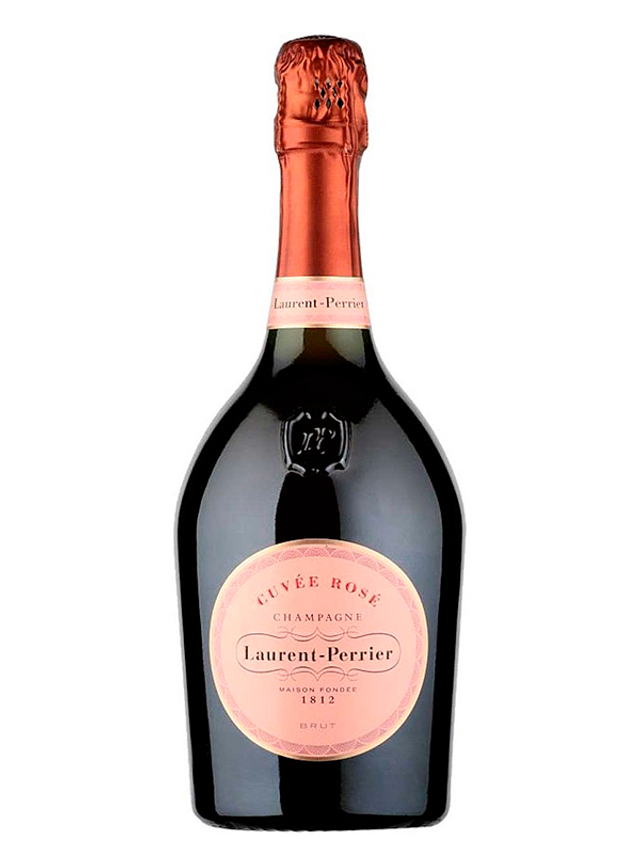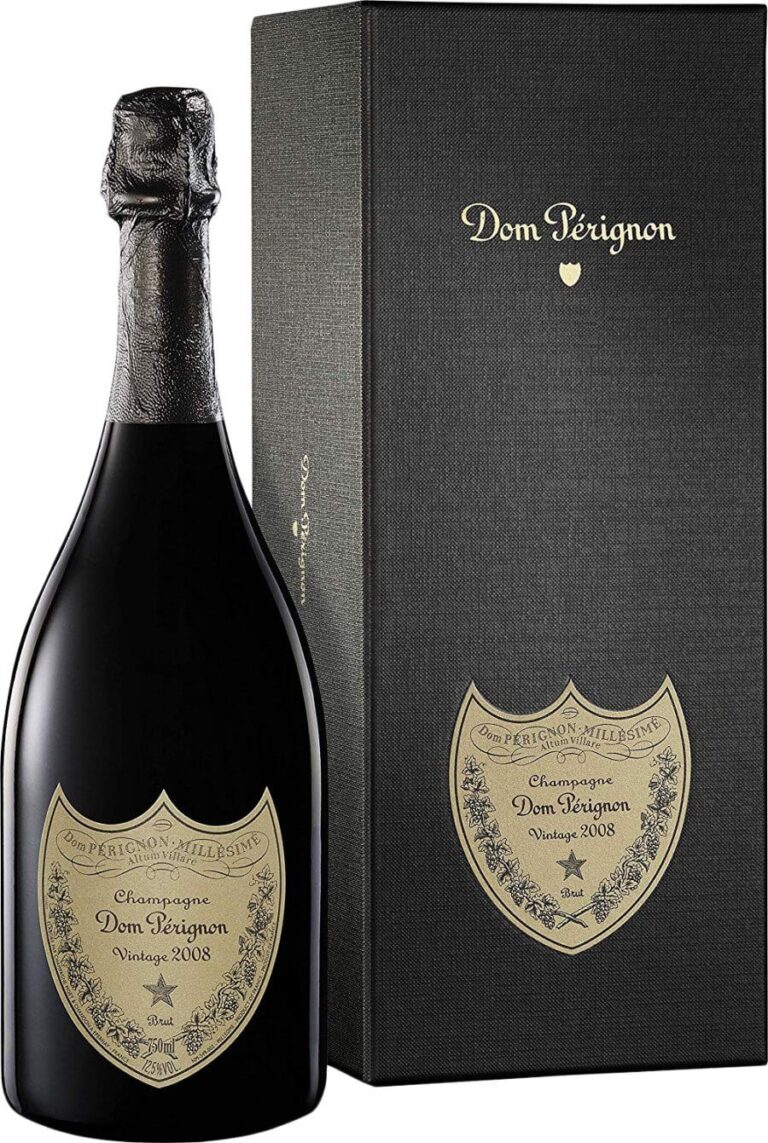Description
Veuve Clicquot Champagne: A Global Icon of Luxury and Elegance
Veuve Clicquot Champagne is more than just a sparkling wine; it is an emblem of sophistication, history, and unparalleled quality. Known worldwide for its distinctive taste, iconic yellow label, and rich heritage, Veuve Clicquot has cemented its status as one of the leading champagne brands in the luxury beverage market. This article delves deep into the specifications, history, production process, benefits, and global appeal of Veuve Clicquot Champagne.
History of Veuve Clicquot Champagne
Founded in 1772 by Philippe Clicquot-Muiron in Reims, France, the House of Veuve Clicquot Champagne has over two centuries of heritage. The brand reached new heights under the leadership of Madame Clicquot, who became a widow (“veuve” in French) in 1805. Her visionary strategies transformed the company into a global champagne powerhouse. She is credited with pioneering the riddling process, which revolutionized champagne production by clarifying sediment in bottles, thereby enhancing the wine’s quality and consistency.
Madame Clicquot’s innovations established the brand as a symbol of luxury and excellence, earning it a worldwide reputation. Today, Veuve Clicquot is synonymous with celebration, elegance, and premium craftsmanship.
Production Process and Specifications Veuve Clicquot Champagne
Veuve Clicquot Champagne is produced in the Champagne region of France, adhering strictly to the region’s controlled designation of origin (AOC) rules. The production process is meticulous, ensuring consistency, quality, and the signature style that has become synonymous with the brand.
Grape Varieties
Veuve Clicquot Champagne primarily uses three grape varieties:
-
Pinot Noir: Provides structure, richness, and body to the champagne.
-
Chardonnay: Adds finesse, elegance, and a delicate citrus note.
-
Pinot Meunier: Enhances fruitiness and aromatic complexity.
The proportions of these grapes vary depending on the specific blend, but the house style always maintains a perfect balance of richness, freshness, and complexity.
Vinification Process Veuve Clicquot Champagne
-
Harvesting: Grapes are handpicked to preserve quality and prevent oxidation.
-
Pressing: Gentle pressing ensures that only the finest juice is extracted.
-
First Fermentation: The juice undergoes primary fermentation in stainless steel or oak barrels.
-
Blending: Master blenders select reserve wines from previous years to maintain consistency.
-
Second Fermentation: Bottles are filled with liqueur de tirage (sugar and yeast) for secondary fermentation, producing the signature bubbles.
-
Riddling and Disgorging: Bottles are gradually rotated to collect sediment near the neck, which is then removed to produce clear, pristine champagne.
-
Dosage: A final touch of sugar (liqueur d’expédition) balances acidity and achieves the desired sweetness level.
Key Specifications Veuve Clicquot Champagne
-
Alcohol Content: Typically around 12% ABV
-
Serving Temperature: Best served chilled at 8–10°C (46–50°F)
-
Bottle Sizes: Available in a variety of sizes, from 375ml half-bottles to massive 12-liter Nebuchadnezzars
-
Color: Straw yellow with golden highlights
-
Aroma: Rich aromas of brioche, citrus, apple, and subtle floral notes
-
Taste Profile: Full-bodied, creamy, with a delicate mousse and a long, elegant finish
Popular Varieties of Veuve Clicquot Champagne
Veuve Clicquot offers several varieties catering to diverse tastes and occasions:
-
Veuve Clicquot Champagne Yellow Label Brut: The brand’s flagship champagne, balanced and versatile, perfect for any celebration.
-
Veuve Clicquot Rosé: Known for its vibrant color and fruity notes of red berries, ideal for romantic or festive occasions.
-
Veuve Clicquot La Grande Dame: The prestige cuvée, named after Madame Clicquot, represents the pinnacle of elegance and complexity.
-
Veuve Clicquot Vintage: Produced only in exceptional years, highlighting the unique characteristics of each harvest.
Health Benefits of Veuve Clicquot Champagne
While moderation is key, Veuve Clicquot Champagne like Veuve Clicquot offers several surprising health benefits:
-
Rich in Antioxidants: Contains polyphenols that support heart health and combat oxidative stress.
-
Boosts Cognitive Function: Moderate consumption may improve memory and cognitive performance.
-
Supports Digestive Health: Its natural acidity can aid in digestion when consumed responsibly.
-
Mood Enhancement: Champagne is associated with celebration and happiness, providing mental well-being benefits.
It’s essential to consume champagne in moderation—typically one to two glasses per day—for health benefits without the risks associated with alcohol.
Global Popularity and Appeal
Veuve Clicquot is enjoyed by champagne lovers worldwide, from Europe and North America to Asia and the Middle East. Its consistent quality, luxurious image, and extensive marketing have made it a preferred choice for high-end events, weddings, and corporate celebrations.
Europe
In France, Veuve Clicquot remains a national treasure, celebrated for its history and craftsmanship. In the UK and Germany, it is a favorite for toasts and luxury gatherings.
North America
Veuve Clicquot is widely recognized across the United States and Canada, often seen at high-profile events, award ceremonies, and holiday celebrations.
Asia and Middle East
Countries like China, Japan, and the UAE have witnessed growing champagne consumption, with Veuve Clicquot leading the market due to its premium image and distinctive flavor profile.
Pairing Veuve Clicquot with Food
One of Veuve Clicquot’s distinguishing features is its versatility in pairing with food:
-
Seafood: Perfect with oysters, lobster, and caviar.
-
Cheese: Pairs exceptionally with soft cheeses like Brie or Camembert.
-
Fruits and Desserts: Complements berries, pastries, and light desserts.
-
Main Courses: Works well with poultry, creamy pasta, or sushi.
The balanced acidity and fine bubbles enhance flavors while cleansing the palate, making it ideal for multiple courses.
Investment and Collectibility
Veuve Clicquot has also become a collectible luxury item. Vintage editions and limited releases often appreciate in value over time, appealing to wine collectors and investors. Proper storage—cool, dark, and consistent—ensures the champagne retains its quality and potential investment value.
Sustainability Efforts
Veuve Clicquot is committed to sustainable practices:
-
Vineyard Management: Implements organic farming methods to preserve biodiversity.
-
Energy Efficiency: Reduces carbon footprint through modernized production techniques.
-
Responsible Packaging: Uses recyclable materials for bottles and packaging.
These initiatives align with global consumer demand for environmentally conscious luxury brands.
Why Veuve Clicquot Stands Out
Several factors contribute to Veuve Clicquot’s enduring global reputation:
-
Heritage and Legacy: Over 250 years of innovation and excellence.
-
Consistency: Maintains flavor and quality across vintages and markets.
-
Innovation: Continues to innovate with new blends, formats, and marketing campaigns.
-
Luxury Branding: Iconic yellow label and prestigious image resonate with elite consumers.
Conclusion
Veuve Clicquot Champagne is not just a drink; it is an experience that embodies luxury, celebration, and craftsmanship. From its historic roots in Reims, France, to its global acclaim, it represents the pinnacle of quality and elegance in the world of sparkling wines. Whether enjoyed at a lavish celebration, paired with gourmet cuisine, or collected as a vintage investment, Veuve Clicquot delivers a unique combination of taste, style, and sophistication.
For anyone seeking a premium champagne that balances history, taste, and prestige, Veuve Clicquot remains the gold standard worldwide.






Reviews
There are no reviews yet.